Is your PC taking forever to start up? Want to know how to clone HDD to SSD for a major speed boost? You're not alone. Many computer users struggle with slow performance from aging hard drives. Learning how to transfer hard drive to SSD is the solution you need.
SSDs (Solid State Drives) run much faster than traditional HDDs (Hard Disk Drives). When you clone HDD to SSD, your computer boots faster, programs load quicker, and files open instantly. But what's the easiest way to move files from HDD to SSD without losing important data or settings?
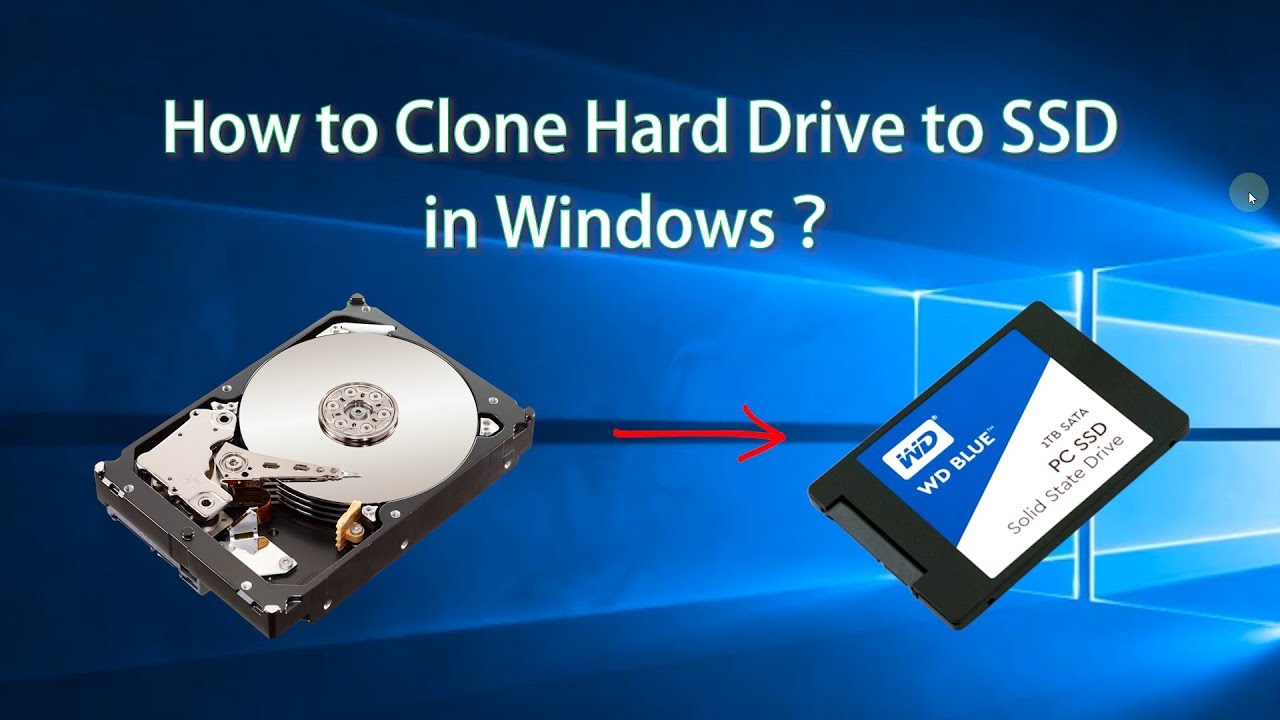
This guide explains everything about how to clone a hard drive to SSD using simple methods. We'll cover different ways to transfer files from HDD to SSD, from basic copying to specialized cloning tools. We'll also show you how to recover lost data after the data cloning process if something goes wrong.
Try Recoverit for HDD/SSD Recovery
Security Verified. Over 7,302,189 people have downloaded it.
In this article
Part 1: Why Transfer Hard Drive to SSD?
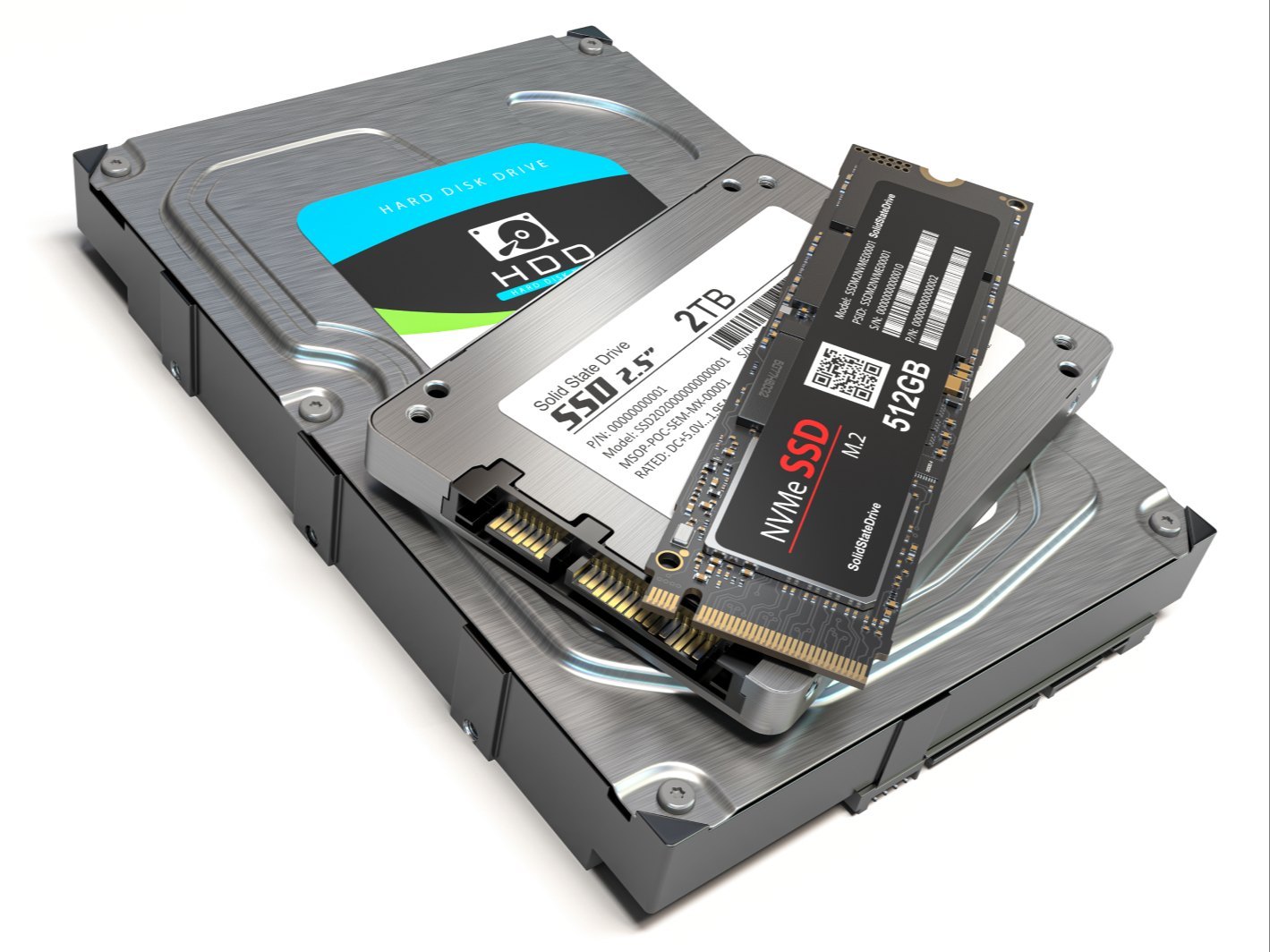
Before we dive into how to transfer files from HDD to SSD, let's understand why this upgrade is worth your time.
- Speed: SSDs are much faster than HDDs, making your computer boot and load programs quicker
- Durability: With no moving parts, SSDs are less likely to fail from physical shocks
- Less Noise: SSDs work silently since they have no spinning disks
- Energy Efficiency: SSDs use less power, extending battery life in laptops
- Size and Weight: SSDs are smaller and lighter, ideal for thin laptops
- Multitasking: Better handling of multiple tasks at once
Part 2: How to Clone HDD to SSD?
Let's explore different methods to clone HDD to SSD or transfer SSD files to HDD. Each method has its own benefits!
Method 1: Copy and Paste
The simplest way to transfer files from HDD to SSD is using the basic copy and paste function. This method works well when you only need to move select files rather than the entire operating system.
When you move files from HDD to SSD using copy and paste, you maintain control over which files get transferred.
This helps save space on your new SSD, especially if it has less storage capacity than your old HDD.
Benefits:
- No special software needed
- Simple for beginners
- Free option to transfer files
- Choose only the files you want
- Keeps your file organization the same
- Works on any operating system
- Can be paused and resumed
- Easy to verify transferred files
Steps:
- Connect your new SSD to your computer. Open File Explorer (Windows) or Finder (Mac)/. Select the files and folders. Right-click and select Copy.
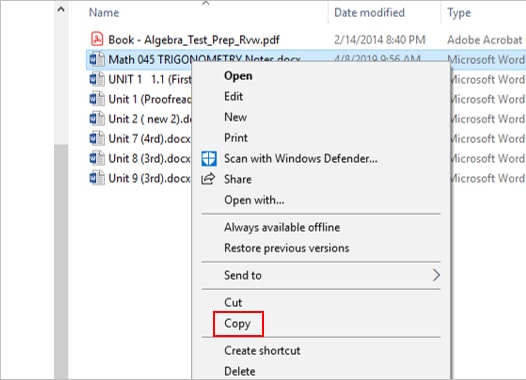
- Navigate to your SSD drive. Right-click in an empty space. Select Paste. Wait for the transfer to complete
Method 2: Clone HDD to SSD
When you need to transfer your entire system, including the operating system, cloning your HDD to an SSD is the best approach. Cloning process creates an exact copy of your hard drive on the SSD.
There are many software options, both free and paid, that make it easy to clone a hard disk to an SSD. Popular options like Macrium Reflect, EaseUS Todo Backup, and Clonezilla enable you to create an exact replica of your drive efficiently and effectively.
Benefits:
- Transfers your entire system at once
- Keeps all programs and settings
- No need to reinstall the operating system
- Preserves program licenses and activations
- Creates a bootable SSD
- Saves time over manual file transfers
- Reduces chance of missing important files
- Often includes optimization for SSDs
Steps:
- Install cloning software on your computer. Connect your SSD to your computer. Open the cloning software. Select your HDD as the source disk. Select your SSD.
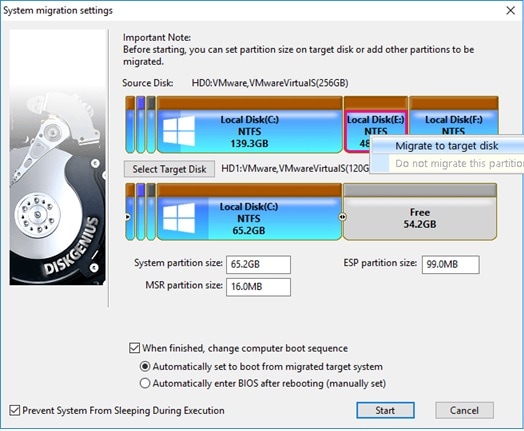
- Start the cloning process. Wait for the process to complete. Go to BIOS settings. Set the SSD as the boot drive.
Method 3: Use Command Line Interface
For more advanced users, using command line tools to transfer HDD to SSD offers greater control and flexibility. Tools like Robocopy in Windows or rsync in Linux and macOS allow for powerful file transfer options.
Command line transfers can be faster and more efficient than graphical methods. They also allow for automation and scripting to handle complex transfer scenarios when cloning HDD to SSD.
Benefits:
- Greater control over the transfer process
- Can be automated with scripts
- Often faster than graphical interfaces
- Logs of the transfer process
- Ability to retry failed transfers
- Can preserve exact file attributes
- Options for verification after transfer
- Works well for network transfers
Steps:
- Open Command Prompt. Use the Robocopy command:
robocopy [source] [destination] COPYALL
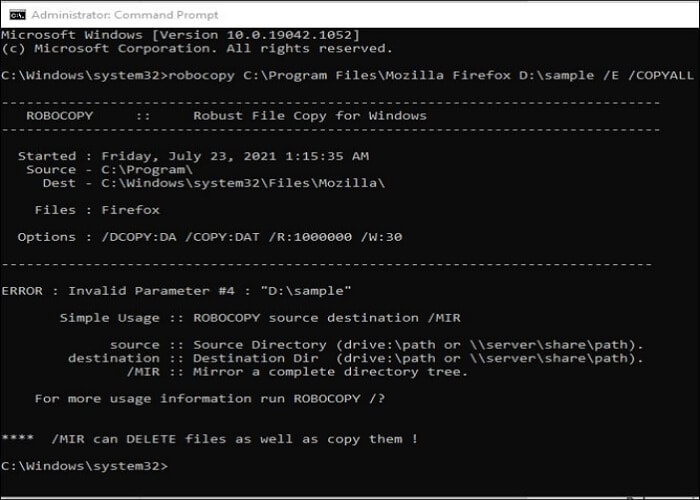
- Replace [source] with your HDD path. Replace [destination] with your SSD path. Press Enter to start the transfer. Wait for the process to complete. Check the logs for any errors
Method 4: Use Cloud Storage
Cloud storage offers a safe way to transfer files from HDD to SSD with the added benefit of creating a backup at the same time. Services like Google Drive, Dropbox, or OneDrive can help move your files.
This method is especially useful when moving files between computers or when you don't have both drives connected to the same system.
Benefits:
- Creates a backup in the cloud
- Access files from any device
- No need for both drives in the same computer
- Can be done gradually over time
- Automatically sorts and organizes files
- Easy sharing options
- Built-in file versioning
- Protection against drive failures
Steps:
- Sign up for a cloud storage service. Select folders from your HDD to sync. Wait for files to upload to the cloud. Connect your SSD to your computer. Install the cloud storage client.
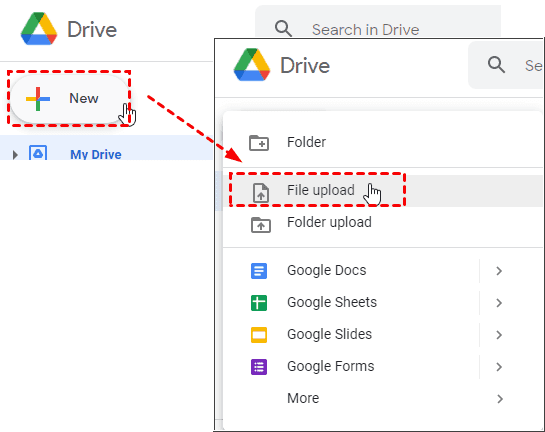
- Download the files to your SSD. Verify all files transferred correctly
Part 3: How to Recover Lost Data After the Data Cloning: Use Recoverit Tool
Despite careful planning, data loss can occur when you clone an HDD to an SSD. This can be frustrating, but Wondershare Recoverit is a powerful tool that can help you recover lost files after the cloning process.
Recoverit is designed to scan both your HDD and SSD to locate any missing files that may have been lost during the transfer. With its advanced algorithms, it can identify and recover over 1000 different file types, including documents, photos, videos, and more. The software boasts a high success rate for retrieving lost data when moving files from HDD to SSD, making it a reliable choice for data recovery.
In addition to its robust recovery capabilities, Recoverit is user-friendly and accessible to individuals without technical expertise. By following a few simple steps, you can effectively scan your drives and recover your lost files, ensuring that your important data is not permanently lost. Whether you're dealing with accidental deletion, file corruption, or any other issue that resulted in data loss, Recoverit provides a comprehensive solution to get your files back.
Steps to Recover Data with Recoverit:
- Download and install Wondershare Recoverit. Launch the program on your computer. Select the drive where you lost data (either HDD or SSD). Click Start to begin scanning.
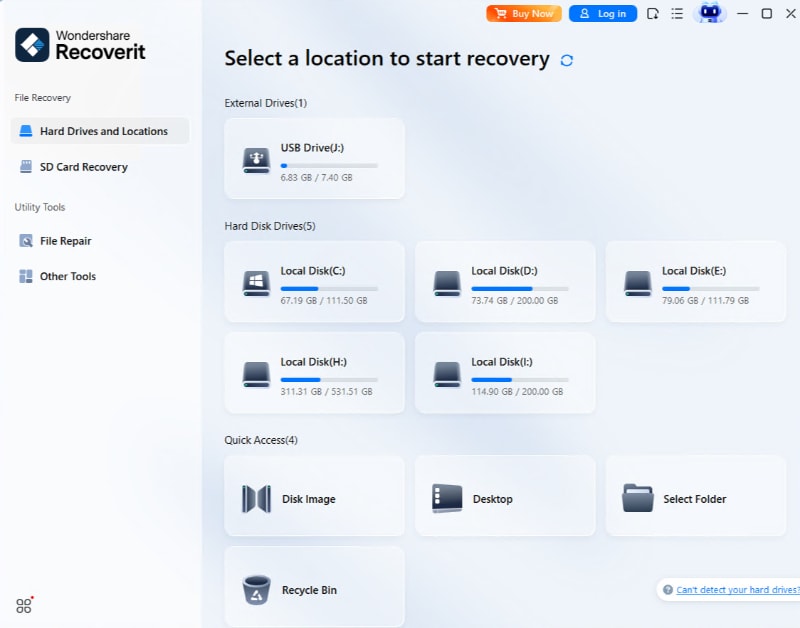
- Wait for the scan to complete.
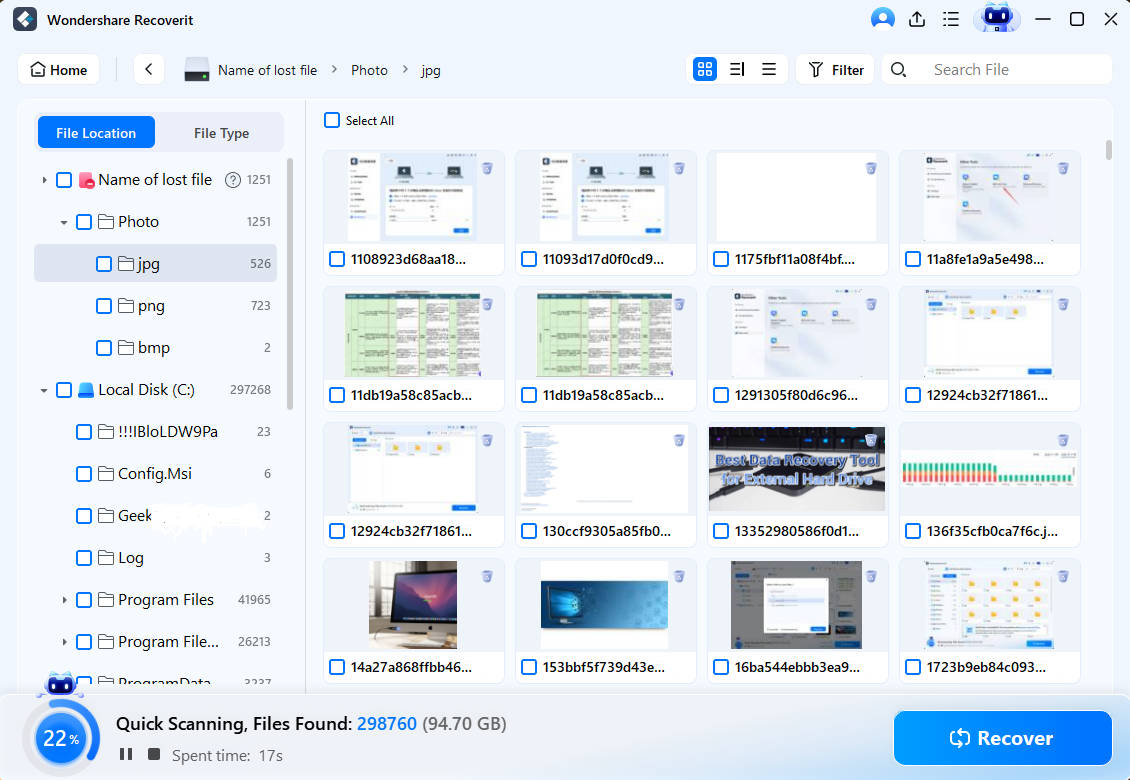
- Preview recoverable files. Select the files you want to recover. Click "Recover" and choose a location to save them. Verify the recovered files.

Related Video >>: How to Recover Lost Files from Hard Drives?
Part 4: Tips on How to Move Files from HDD to SSD Easily
Here are some helpful tips to make the process of transferring HDD to SSD smoother:
- Clean up before transferring: Delete temporary files and programs you don't use
- Check SSD capacity: Make sure your SSD has enough space for your files
- Backup important data: Always create a backup before cloning
- Update firmware: Check for SSD firmware updates before transferring
- Use TRIM: Enable TRIM command for your SSD after cloning
- Verify after transfer: Check that all files transferred correctly
- Keep your old drive: Don't format your HDD until you confirm the SSD works properly
Conclusion
Learning how to clone an HDD to SSD is a valuable skill that can greatly improve your computer's performance. Whether you choose to transfer files from HDD to SSD using copy-paste, specialized cloning software, command line tools, or cloud storage, the process doesn't have to be complicated.
Upgrading to an SSD is one of the most cost-effective ways to speed up your computer. When you clone a hard disk to SSD, you maintain all your important files and programs while gaining the speed benefits of solid-state technology. The methods we've covered make it easy to move files from HDD to SSD without technical expertise.
Remember that if anything goes wrong during the transfer process, data recovery tools like Recoverit can help recover lost files. By following the steps and tips in this guide, you can successfully clone HDD to SSD and enjoy the performance benefits of your new drive.
Try Recoverit to Recover Hard Drive Data
Security Verified. Over 7,302,189 people have downloaded it.
FAQ
-
Do I need special software to clone HDD to SSD?
While you can transfer files using the simple copy and paste method, specialized cloning software makes it significantly easier to transfer your entire system, including the operating system, when cloning a hard drive to an SSD. Cloning software ensures that all system files, configurations, and settings are accurately transferred, which is crucial for the proper functioning of the cloned SSD. This software also helps to avoid potential issues that may arise during manual file transfers, making the process smoother and more reliable. -
Will my SSD be bootable after cloning?
Yes, if you use proper cloning software to transfer your hard drive to an SSD, your SSD should be bootable. The cloning software copies all the necessary boot files and system configurations to the SSD, making it ready to boot. However, after the cloning process is complete, you may need to change the boot settings in your computer's BIOS to prioritize the SSD as the primary boot device. This ensures that your computer will start from the newly cloned SSD. -
What if my SSD is smaller than my HDD?
You can still clone your HDD to an SSD, even if the SSD is smaller, as long as the data on the HDD fits within the capacity of the SSD. Before starting the cloning process, it is essential to clean up unnecessary files and programs from your HDD to reduce the amount of data. Additionally, some cloning software offers options to resize partitions during the transfer process, allowing you to fit your data onto the smaller SSD more efficiently. By managing your data and utilizing these software features, you can successfully clone a larger HDD to a smaller SSD. -
How long does it take to transfer files from HDD to SSD?
The time required to transfer files from an HDD to an SSD depends on the amount of data being transferred and the method used. A full system clone, which includes all files, programs, and the operating system, might take several hours to complete, depending on the size of the data and the speed of the drives. On the other hand, transferring select files or folders can be much quicker, taking only a few minutes to an hour. Factors such as the performance of your computer and the cloning software used can also influence the duration of the transfer process.


 ChatGPT
ChatGPT
 Perplexity
Perplexity
 Google AI Mode
Google AI Mode
 Grok
Grok























